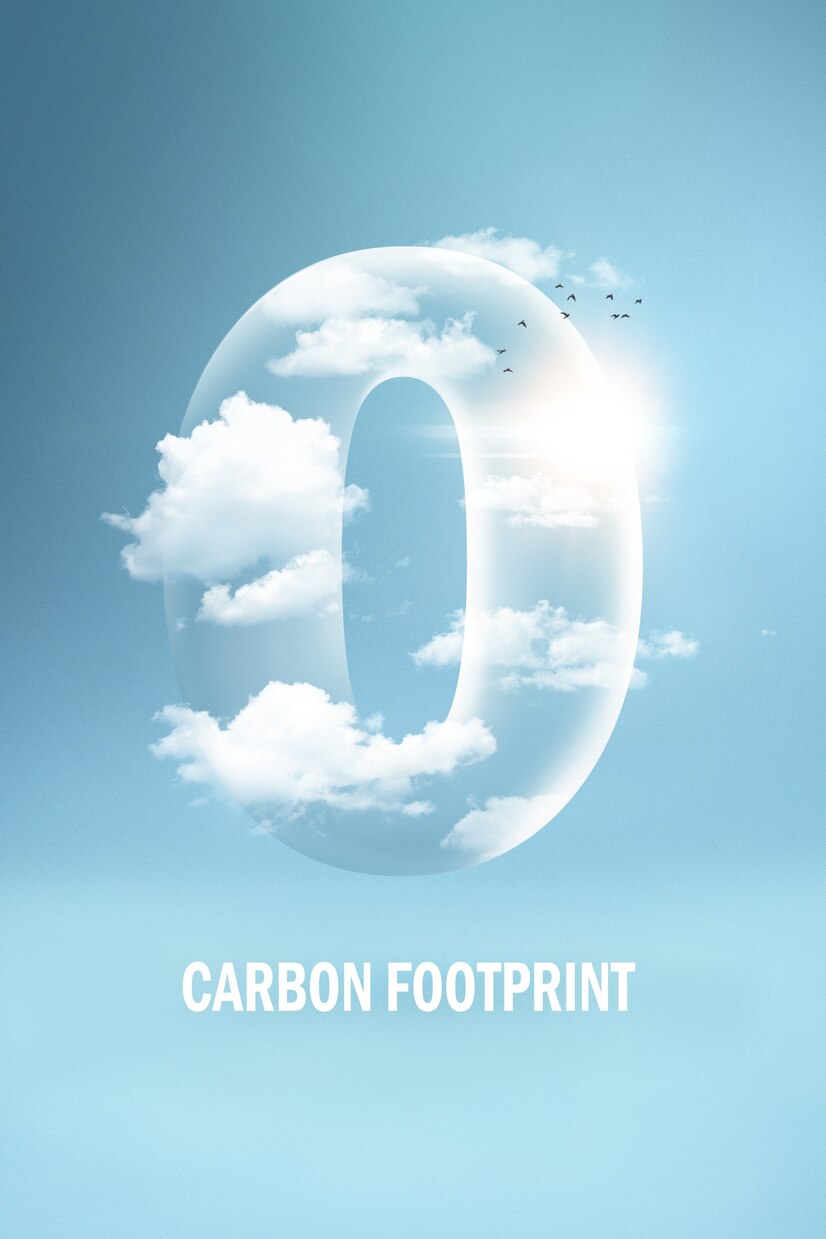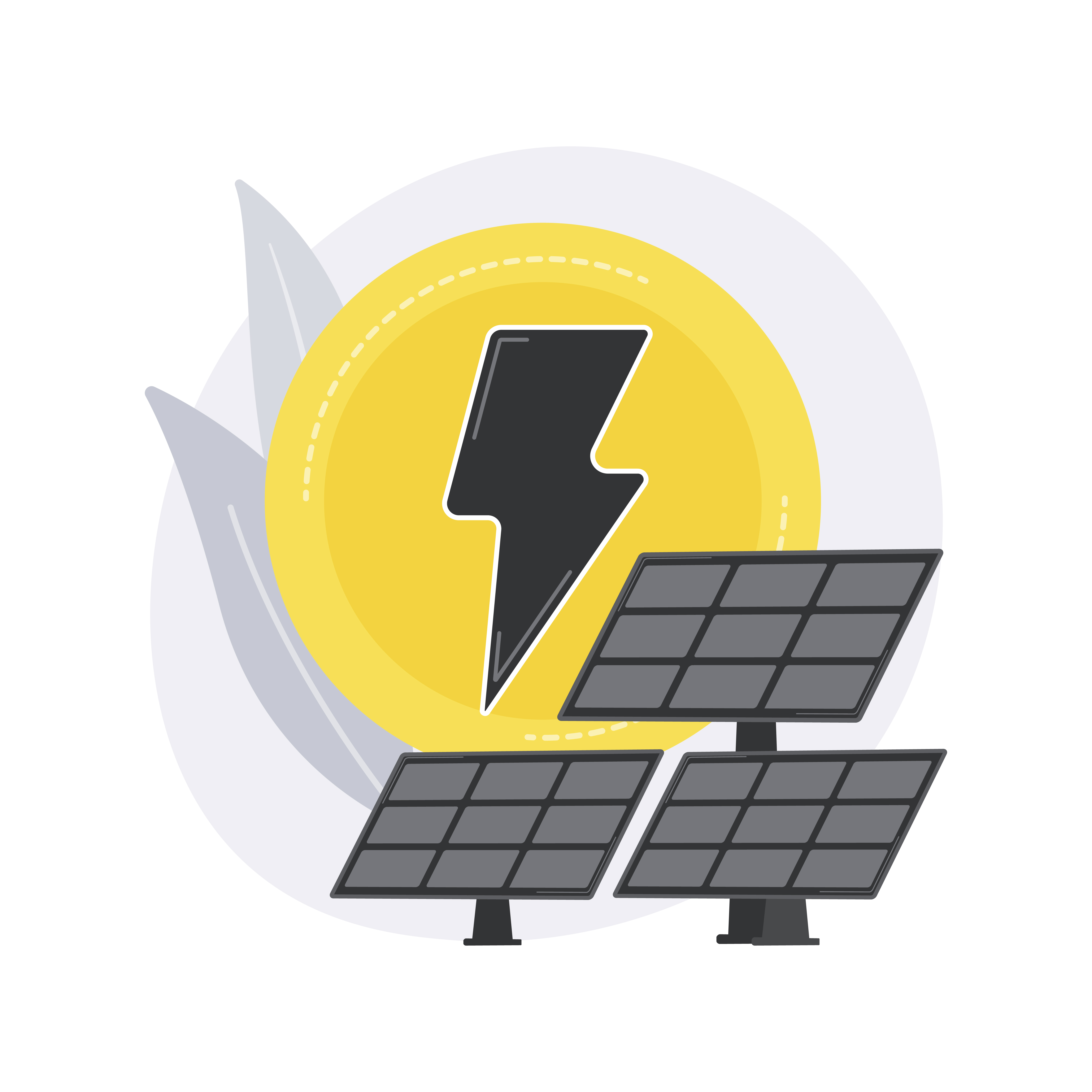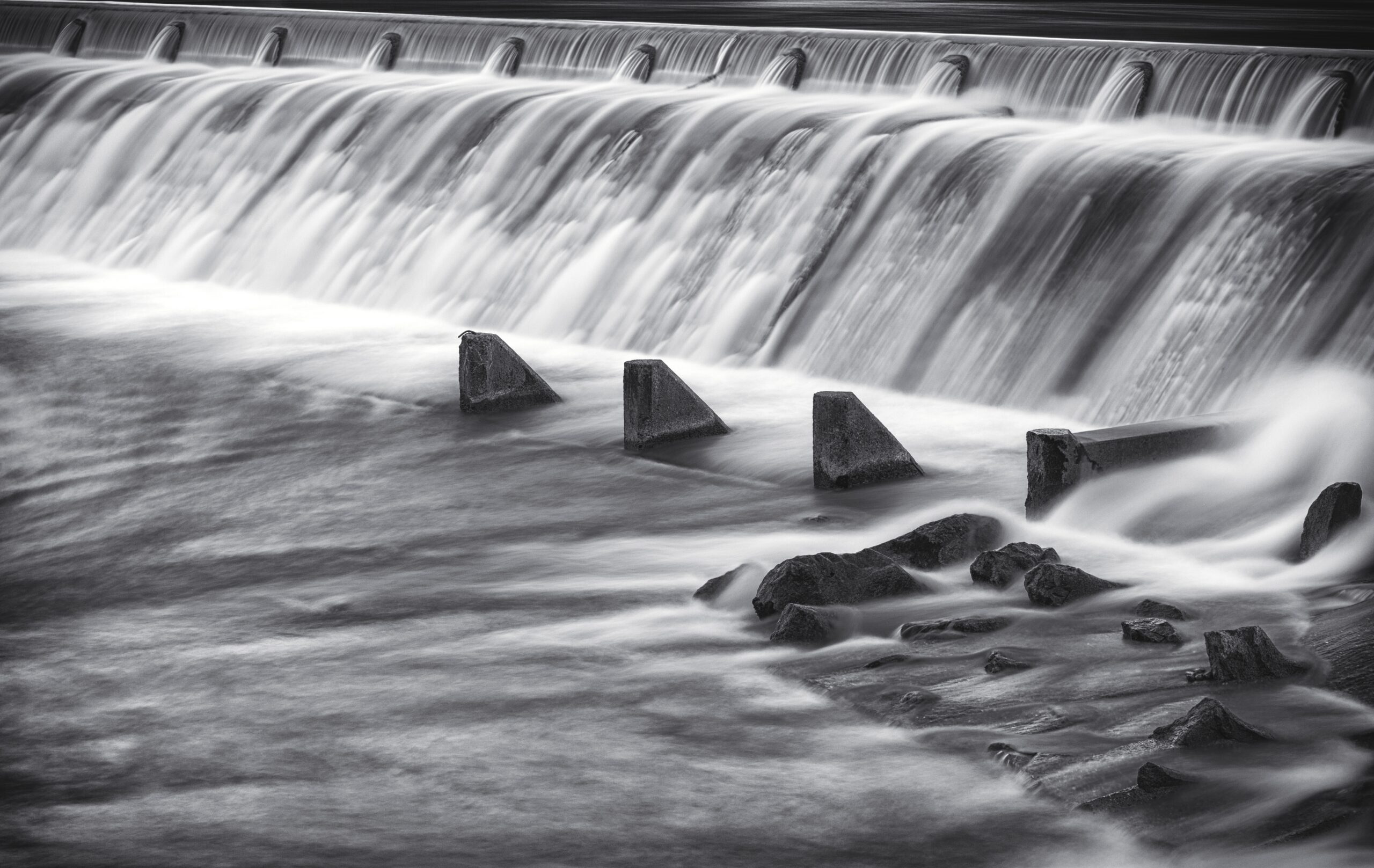Canada stands at the fourth spot in hydropower installed capacity with 82 Gigawatts. Hydropower is the leading source of electricity generation, with 59.3 per cent generated from this renewable energy source. I will articulate the Canadian government’s ambition and strategy concerning hydropower. Several hydropower plants are under construction, and the top operators are responsible for developing and expanding hydropower capacity. I will also list out key obstacles which stand in the way.
Ambition & Strategy
Canada generates about 83 per cent of its electricity from renewable energy sources and plans to produce about 90 per cent from non-renewable energy by 2030. To raise renewable energy capacity, in April 2022, the Minister of Natural Resources, Jonathan Wilkinson, announced $300 million in funding for capacity-building initiatives under the Strengthened Climate Plan to support clean energy projects in areas of indigenous, rural, and remote communities. Regarding the support given to clean energy projects, the Canadian government has pledged $41.90 billion through new and amended policies to scale renewable energy and shift its energy matrix from fossil fuels to clean energy in the future.
New and Upcoming hydro powerplants
- Site C Clean Energy Project, located in British Columbia, is owned and will be operated by the British Columbia Hydro and Power Authority. With an investment of $7.9 billion, the project has been under development and is to be completed by 2024. It has a total capacity of 1,100 Megawatt.
- The Lower Churchill project, located in Labrador, is operated by Newfoundland and Labrador System Operator. Construction began in 2013 and entered operations in 2020, developed with an investment of $13 billion. It has a capacity of 824 Megawatt.
- Keeyask Project, located in Manitoba, was developed by Keeyask Hydropower Limited Partnership. It was built with an investment of $8.78 billion and started operations in 2022. It has a total capacity of 695 Megawatt.
- Hydro-Quebec has undertaken the Romaine 4 hydropower project on the Romaine River in Quebec, entailing a significant investment of $7.3 billion.
- The construction began in 2016 and entered commercial operations in 2022, with a 245-megawatt capacity.
Top Operators
- Hydro-Quebec, headquartered in Montreal, and owned by the Government of Quebec, operates 63 hydroelectric stations across the country with an installed power of 36,767 Megawatts.
- BC Hydro and Power Authority, headquartered in Vancouver, and owned by the Government of British Columbia, operates large-scale dams in Peace and Columbia rivers with an installed power of 11,000 Megawatts.
- Ontario Power Station, headquartered in Toronto, and owned by the Government of Ontario, operates hydroelectric stations, and small dams with an installed power of 18,225 Megawatts.
- Hydro One, headquartered in Toronto and the Province of Ontario is the largest shareholder in the company. It is an electricity transmission and distribution service provider, and it operates primarily in Ontario.
- Alectra Utilities, headquartered in Mississauga, is a public-owned entity. It is an electricity distribution service provider and operates primarily in the Province of Ontario.
Challenges
- The biggest obstacle to hydropower is the upfront cost and time required to build them. For instance, Centrale Robert-Bourassa cost $3.8 billion and took seven years to complete.
- The second issue is that it is tough to balance the need for building large dams and ensuring minimum environmental damage, as large hydropower projects affect the migratory patterns of fish and can affect the ocean’s ecology.
- The third concern revolves around the age of the largest hydropower plants built during the twentieth century without adequate consideration for environmental factors during the planning stages.
Conclusion
In this piece, I have discussed the Canadian government’s ambition and strategy to promote clean energy. I have listed the new and upcoming hydropower projects under development and the top five operators in the hydropower market. I have also addressed the obstacles to hydropower in the country. Finally, it is uncertain whether Canada can achieve renewable energy targets.
End Notes:
- https://www.hydropower.org/publications/2021-hydropower-status-report
- https://natural-resources.canada.ca/our-natural-resources/energy-sources-distribution/electricity-infrastructure/about-electricity/7359
- https://www.power-technology.com/projects/site-c-clean-energy-british-columbia-canada/
- https://www.spglobal.com/marketintelligence/en/news-insights/latest-news-headlines/canada-s-large-hydro-projects-inch-toward-completion-with-bleak-prospects-61863959
- https://www.hydroreview.com/hydro-industry-news/new-development/canadas-824-mw-muskrat-falls-hydroelectric-generating-station-released-for-service/#gref
- https://globalnews.ca/news/9619115/muskrat-falls-hydroelectric-project-in-n-l-considered-commissioned-ceo/#:~:text=Muskrat%20Falls%20was%20officially%20approved,to%20more%20than%20%2413%20billion
- https://www.hydro.mb.ca/regulatory_affairs/projects/keeyask/
- https://www.cbc.ca/news/canada/manitoba/manitoba-hydro-keeyask-generating-station-electricity-1.5918974#:~:text=Manitoba-,Manitoba%20Hydro's%20%248.7B%20Keeyask%20generating%20station%20project%20now%20producing,on%20Tuesday%2C%20Manitoba%20Hydro%20says
- https://www.nsenergybusiness.com/features/largest-hydropower-companies/
- https://blog.technavio.org/blog/top-10-hydropower-companies
- https://www.opg.com/powering-ontario/our-generation/
- https://www.power-technology.com/marketdata/power-plant-profile-romaine-4-canada/
- https://montrealgazette.com/news/local-news/caq-would-seek-to-expand-hydroelectric-capacity-legault-says
- https://www.c2es.org/wp-content/uploads/2015/04/canadian-hydropower-clean-power-plan.pdf
- https://gocontractor.com/resource/hydropower-impact-environment-canada/
- https://www.iea.org/reports/canada-2022/executive-summary
- https://www.canada.ca/en/natural-resources-canada/news/2022/04/government-of-canada-investing-300-million-in-clean-energy-projects-in-indigenous-rural-and-remote-communities.html
- https://www.energypolicytracker.org/country/canada/





